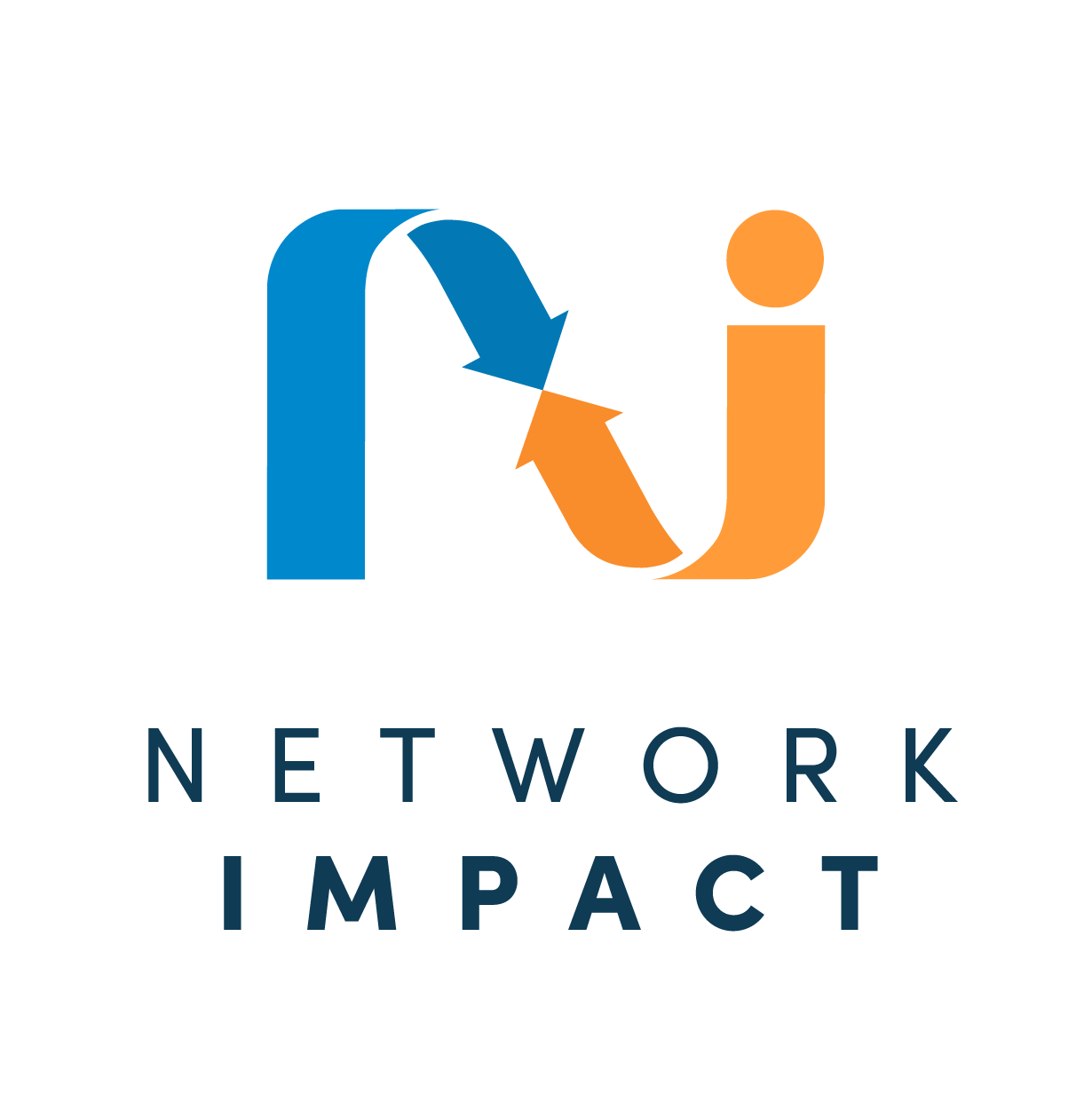A Guide for Readers: Using Connecting to Change the World to Design, Assess, and Strengthen Your Networks
A Guide for Readers: Using Connecting to Change the World to Design, Assess, and Strengthen Your Networks',
'Since Connecting to Change the World was first published, we’ve heard that some network organizers, managers, leaders, and investors are using various chapters of our book to design, assess, and develop strategies for new or existing networks. But we didn’t expect what some readers are doing: using the book as a group—bringing together combinations of network leaders, managers, and funders to study and discuss specific chapters.
Working through the book as a group, they tell us, helps them to develop shared frameworks—ideas, definitions, differentiations, questions, judgments, and answers—about network building. And it can get them focused on essential questions they may need to ask and answer so the network can continue to evolve. We’ve debriefed some of these groups and present below a sample of their methods for working together with Connecting.
Identify the different basic frameworks in the book. To do this you need a chapter-by-chapter map of the book, as follows:
The Generative Network Difference: Differentiates between types of collective organizing such as networks, alliances, and movements. Identifies different types of networks, and the essence of what makes a network successful and generative
Start Me Up: Designing a Network: Frames the eight design issues that should be addressed in starting a network or should be revisited when a more mature network’s evolution is lagging or stuck.
Bonus Track—Advice for Funders and Other Network Engineers: Frames a set of do’s and dont’s that funders of networks should pay attention to..
Connect the Dots: Weaving a Network’s Core: Drives home the fundamental importance of building strong relationships among members, and the two ways—mass and customized weaving—to do it.
Network Evolution: Describes two dimensions of a network’s evolution: changes in the structure of connections among network members and changes in the capabilities of a network—from Connecting to Aligning to Producing together.
Enable and Adapt: Managing a Network’s Development: Framed around four challenges in adaptively managing a network: member engagement, network infrastructure, provisional planning, periphery relationships.
Know Your Condition: Taking a Network’s Pulse: Presents a three-part framework for assessing a network’s performance: connectivity, network health, and impacts. Contains a section about network mapping, which is essential for network management.
Back to Basics: Resetting a Network’s Design: Discusses various difficulties a network may run into and uses the eight design issue framework in Chapter 2 to help network leaders troubleshoot.
Three Rules to Build By: Frames three unique challenges of being a network leader and offers advice from seasoned network founders, managers, and leaders.
Identify which frameworks would be most useful to explore together. What we hear from readers suggests that the following three frameworks have been most important to their groups:
Differentiation—what’s the difference between various forms of collective organizing and why use one instead of another? See Chapter 1 and “Is It a Network?”
The eight network design issues. Readers tell us that have either missed one or more of the issues or didn’t think about an issue deeply enough. See Chapter 2 and “Starting a Network”
The Connecting to Aligning to Producing sequence. The idea here is that in networks there is a natural developmental sequence and if you jump right into co-producing without building relationships, you won’t end up with a generative network. Many readers say the C-A-P differentiation and sequence is a powerful insight. See Chapter 4.
Assign targeted sections as reading homework and prepare condensed versions of the frameworks you’re studying (e.g., outline them in a Powerpoint slide).
Bring the group together for facilitated discussion and use the frameworks to get clear about what questions the group needs to answer together. Of course, you can modify the frameworks to fit your network context, or develop additional frameworks based on your experiences and knowledge. It’s useful to include funders of the network in these discussions—to help them shape their understanding and expectations of the network.', '
Date published: 2014
